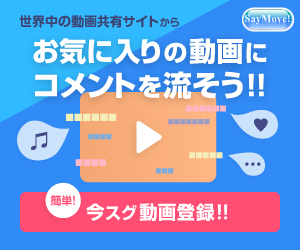PreOp® Patient Edu Cystoscopy Female Vaginal w/PostCare tasks
MORE VIDEOS: http://www.PreOp.com Patient Education Company Your doctor has recommended that you undergo a Cystoscopy. But what exactly does that mean? The lower urinary tract allows your body to store and release urine. It's made up of two parts, the bladder and the urethra. Your bladder is a hollow organ that expands as it fills with urine. Because it is made of muscular tissue, it can also contract and force urine to pass out of the body, through the urethra. Your urethra carries urine from the bladder to the outside of your body. Your doctor feels that it is necessary to examine the interior of the urethra and bladder, to try to determine the cause of a problem that you may be having. Symptoms that may call for a routine Cystoscopy include: * Persistent infection of the urinary tract * Bladder stones * Bleeding while urinating * Irritation due to polyps, or * Changes to the bladder caused by cancer. Cystoscopy is a simple procedure during which your doctor will insert a well-lubricated, instrument called a cystoscope through your urethra and into your bladder. The cystoscope allows your doctor to visually inspect the interior of your bladder. It also allows your doctor to remove small pieces of tissue for later examination and even to crush small bladder stones, should any be present. Any tissue that your doctor removes from your bladder will be sent immediately to a laboratory for analysis. Your doctor will ask the laboratory to check for any sign of cancer or other abnormality. Patient Education Company On the day of your operation, you will be asked to put on a surgical gown. You may receive a sedative by mouth and an intravenous line may be put in. You will then be transferred to the operating table. Once on the table, your feet and legs will be placed in an elevated position with your knees apart. You'll be asked to urinate so the amount of urine remaining in the bladder can be measured. Patient Education A nurse will then shave your pubic area and swab the opening of your urethra with an antiseptic solution. A well-lubricated cystoscope is gently inserted into the urethra and slowly guided inward. Once the cystoscope is inside the bladder, your doctor will inject a small amount of water through the cystoscope and into the bladder. The water serves to expand the bladder, helping your doctor to better examine the interior. It also helps by washing away any blood or remaining urine. You may feel a sense of fullness as though you need to urinate. You'll be encouraged to relax and not to try to retain the water in your bladder. As the team completes the inspection, they'll be looking for suspicious tissues. If they find bladder stones, your doctor may try to crush these so that they can pass out of the bladder during normal urination. If the team finds a suspicious growth they will use a special grasping tool to take a sample of tissue in order to send to a laboratory for analysis. Patient Education When the inspection is complete, your doctor will remove the cystoscope and you'll be asked to empty your bladder. Your doctor will probably ask you to wear a temporary Foley catheter. A Foley catheter is a narrow tube inserted through your urethra and into your bladder. The catheter is connected to a bag that is attached to your leg by a strap. While the Foley catheter is in place, urine will pass from your bladder into the bag. You will not need to urinate into a toilet. Patient Education The nurse will show you how to change the bag when it is full. An appointment will be made for you to return to the doctor's office in a couple of days to have the catheter removed. As soon as the anesthesia wears off and you feel comfortable, you'll be allowed to leave. PostCare Recovery: Hand Washing Gloving Wound Care Closed Urinary Drainage System Emptying a Urinary Drainage Bag Care and Drainage of a Leg Bag Recording Urine Output
この動画の配信元サイト: youtube.com

